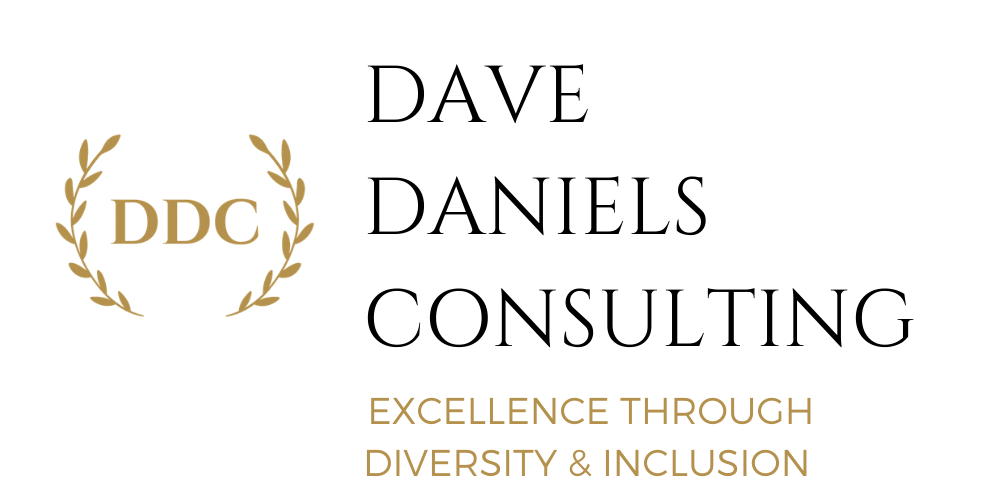Measurement of business goals can be elusive. There are several measurement tools available, and my current favorite is an updated version of SMART, called FAST. FAST is much better suited to today’s Agile companies. But, this article is not meant to discuss the merits of either approach. When it comes to measurement of D & I goals and action steps, I often find quite a bit of resistance. For example, I often hear that setting specific demographic targets for staffing levels and/or promotability will lead to hiring and promoting individuals who are not qualified.

Focus should always be on expanding the pool of qualified candidates from under-represented groups.
My response is always the same. Every goal that is set in any given organization has the potential for loss of integrity. I have seen people manipulate financials to make themselves look better. I have seen bosses give people they like (friends) slack in their performance appraisals. The list goes on & on. When it come to D & I measurement, I often hear from ELT members that they are concerned the company will start to hire and promote undeserving individuals. This perception may or may not be true, but I always find it interesting that utilizing this reasoning to avoid D & I measurement is more freely shared vs. the examples cited above.
When it comes to staffing and promotions, it is in the organization’s best interest to widen the pool of qualified candidates. No D & I expert worth their salt would ever suggest hiring and/or promoting a person who is not the most qualified person for the position. The focus should always be on expanding the pool of candidates from under-represented groups. Why? Because it produces diversity of thought and experience that clearly helps optimize the company’s results. Most importantly, it enhances the probability that the best available person gets the job.
This approach applies to all parts of the organization and to all groups of people. Clearly, many organizations will benefit from targeting under-representative groups of women and people of color. This focus will improve the organization and open new business streams and improved productivity. So, does this same thought process involve all demographic groups? The answer is yes. There will be situations where one or more groups are under-represented. “Reverse discrimination” is a phrase that implies that white men have been adversely impacted. I would suggest that this term does not describe this dynamic effectively. Under-representation can happen with any group, and it takes honest conversation and approaches to overcome this disparity.
Every business unit in the organization needs to honestly and openly assess where a lack of diversity exists. It is not good enough to look at overall business unit numbers; each position should be scrutinized. Why? Each department runs the risk of missing valuable diverse perspectives. This growing complex dynamic can be overcome. The right measurement approach that is driven by the organization’s values and is applied to all levels of the organization will go a long way to overcoming unintended consequences that occur over time.
Effective measurement should consider two levels: Outcomes and Impact. Unfortunately, most organizations do not spend enough time in assessing the effectiveness of their measurement process which has led many organizations to avoid accountability. Allow me to share an example of the difference:
Outcomes: Short term & mostly intermediate changes that occur in organizations.
Example: Your organization increases their gender representation of its ELT.
Impact: Significant changes that occur within the broader organization.
Example: Due to the outcome noted above, your organization has gained access to new markets comprised of primarily women. Additionally, you have become an Employer of Choice for women, resulting in improved engagement scores that lead to measurable revenue growth.
As part of the DDC approach, I work closely with every ELT member and their teams to establish both Outcomes and longer-term Impact measurement. We start with assessing how workflow and decisions are made. A simple change such as discussing the make-up of cross functional teams can have a dramatic impact. And, if your organization does not have a robust Succession Planning process, the ELT may be missing a critical opportunity to ensure that the best rise to the top. More on this topic in my next article.
